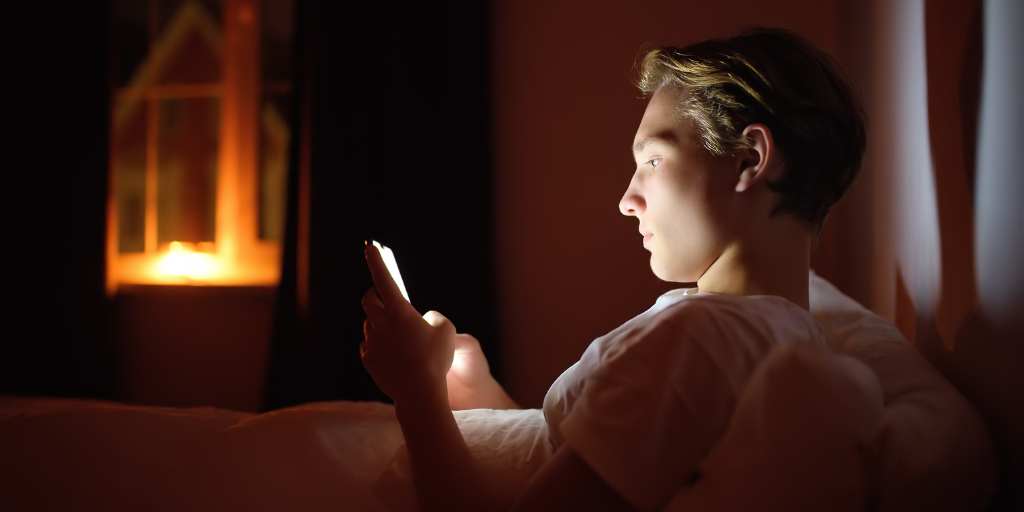
Does the very idea that your teenager might be addicted to porn and that you might have to actually do something about it cause you to freeze in terror and want to run for the hills? Same! It’s a tricky subject. But information is the first step, and we’re here for you on that. Read on to learn more about teens addicted to porn, signs of porn addiction, and how you can talk to your teen about it.
The term addiction gets thrown around loosely in our culture. Think of how many times you’ve heard or uttered the phrase, “Oh my god, I’m so addicted to [fill in the blank].”
True addiction, however, is more than just an intense interest in something. It’s a medical condition in which an individual feels compelled to continue their behavior, despite the fact that doing so might cause harm.
Research suggests that addiction alters the body’s dopamine system and causes changes to the brain, activating regions associated with motivation and reward.
Porn addiction isn’t officially recognized as a distinct disorder, and the diagnosis is highly controversial. Some experts point to issues with study design and bias, and others argue that the very idea of pornography addiction is rooted in outdated and potentially harmful cultural norms.
However, it is well established that people can become addicted to behaviors, and other disorders related to excessive internet use are officially recognized. Add to that the fact that impulsivity is a common trait in children due to their developing brains, and it’s easy to see how pornography use could become problematic for teens — whether or not it rises to the level of actual addiction.
Because there isn’t an established set of diagnostic criteria for porn addiction, it’s difficult to accurately quantify how common it is among teens. But available research estimates anywhere from around 3–10% of teens may be addicted to porn.
Because of a lack of standardized measures for porn addiction, parents should view any potential signs in context of your teen’s overall mental health. When deciding how to respond, it’s important to decide if the behavior reaches a level of concern, given your family’s values, and if the behavior causes significant negative impacts on other areas of your child’s life.
That being said, here are some possible signs of porn addiction in teens:
The internet has made pornography a commonplace and widely accepted part of mainstream culture, and it’s now cheap and easy for individuals to discreetly consume explicit content. Studies have shown that viewing porn is deeply entwined with people’s sense of their own sexuality and can shape expectations for future intimate relationships.
In particular, pornography may create unrealistic beliefs and attitudes about sex and lead adolescents to expect that what they see in pornography will be reflected in future real-world sexual experiences. Research also suggests a link between consuming porn and an increase in acceptance and indifference to rape.
If you suspect your child’s relationship with pornography may be unhealthy, here are some tips for talking to them about it:
While the concept of pornography addiction remains hotly debated among professionals, it’s nevertheless vital that parents help their teens develop a healthy relationship to sexuality. That includes monitoring their online activity for problematic consumption of adult material.